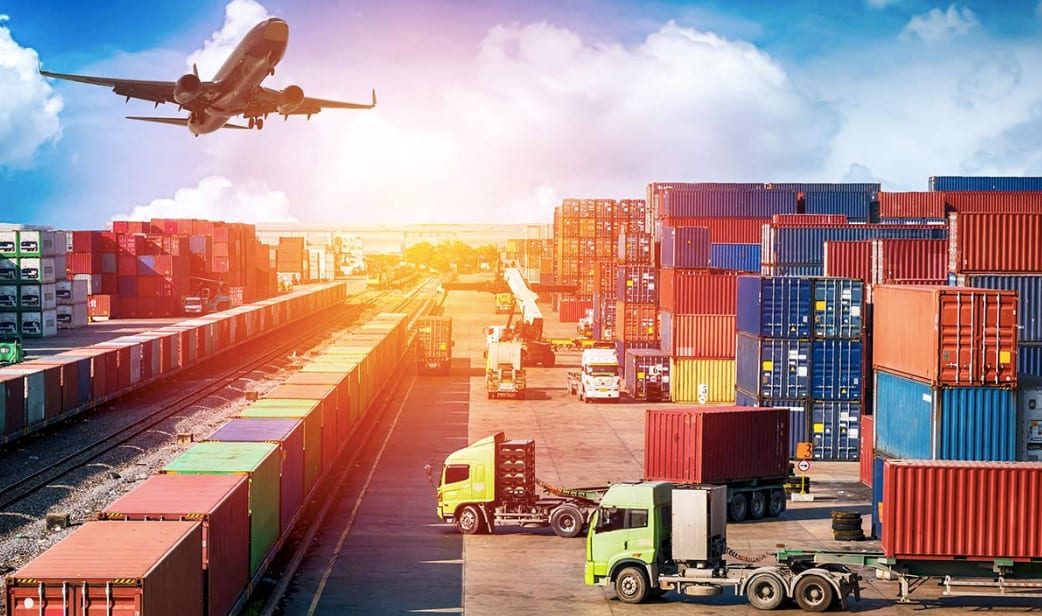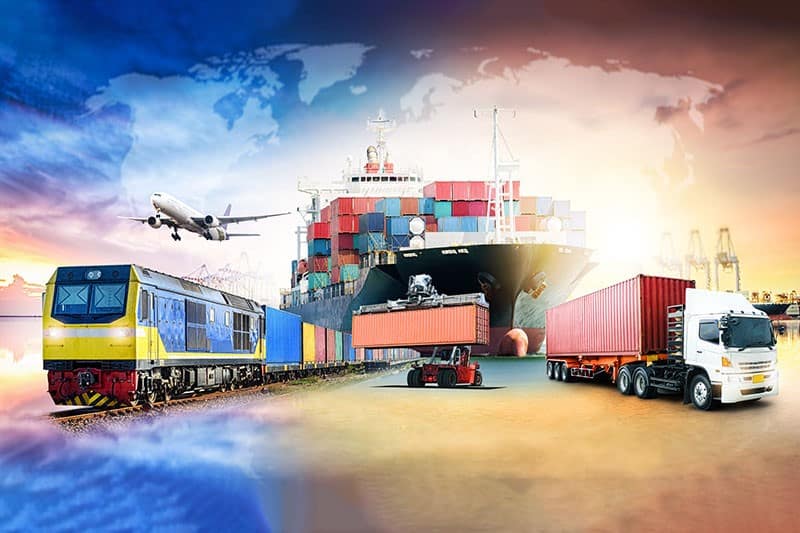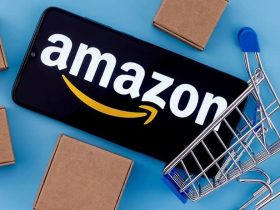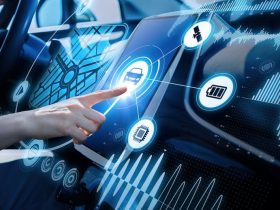A logistics company plans, implements, and controls the transportation and storage of goods and services (or sometimes information) between the points of origin and consumption. The delivery of goods is usually between different segments of a supply chain, and logistic companies handle some or all of these supply chain functions, depending on the requirements.
In recent times, as technology advances and competition becomes more fierce, the business is not just about delivering goods from point A to point B, but about delivering it safely, in the shortest time and at the least cost. Technology has assisted logistics in simplifying and improving most of their business operations. This article talks about three of the most important technology-based improvements that every logistics company uses to work better.
1. Telematics
- What is Telematics?
Telematics is the integration of two areas of science: telecommunication (the technology dealing with phone lines and cables) and informatics (the study of the structure and interactions of natural and engineered computational systems). Telematics systems involve devices placed on vehicles that collect and transmit information through GPRS (General Packet Radio Service) or cellular networks to a centralized server, from where the required used can access and analyze the data. The data collected could be related to location, speed, unusual driver behavior, vehicle faults, and so on.
- Some Examples of Telematics in Action
Devices placed on vehicles can be GPS trackers, dashboard cameras, and other sensors that keep track of vehicle parameters like coolant temperature, fuel consumption, etc. GPS trackers guide drivers to take the best route (shortest distance, least time, least risk, etc. based on requirements) and constantly transmit information about the vehicle’s journey, which enables distribution managers to track the delivery at every stage. Such trackers can also be attached to the container, trailer, or the asset that’s being transported, which allow managers to track if the goods are stored in warehouses overnight or if they are stolen or damaged en route.
- Data Analysis
Dashcam footage is handy to reconstruct accident scenarios and instruct other drivers not to make the same mistakes in the future. Managers can use the data transmitted by other devices that keep tabs on the vehicle’s speed, braking, and engine parameters to improve the safety of operations. Safer operating procedures give the carrier a better CSA (Compliance, Safety, Accountability) score, which, in turn, gets the company better insurance premiums for the fleet.
2. Routing and Dispatch Solutions
- Purpose
There is a lot of work to be done even before trucks and carriers go on the road. The logistics business has to process all the delivery requests and related details (what asset, delivery point, date of delivery, etc.), assign the right drivers for the tasks, and optimize the whole process. Dispatching software applications take care of these tasks.
- Route Optimization
The company can save a lot of costs by assigning the minimum number of trucks to carry out the deliveries by employing route optimization techniques. Based on the drop-off points and due dates, a manager can analyze whether a truck can cater to multiple deliveries in a single trip. Likewise, one asset transferred from one vehicle to another during the delivery, if needed (in case of an accident or vehicle breakdown, perhaps), and these can be tracked with software.

Efficient route optimization can save fuel consumption, minimize idle time, and ensure deliveries in the shortest time.
- Scheduling
What if some deliveries don’t go as planned? Some of your clients might cancel, and some might require urgent delivery. With the help of software, dispatchers can quickly move around the schedule based on priorities and alert drivers on the go.
Scheduling your orders ensures that you don’t miss out on anything and helps you use your resources economically to deliver multiples orders on the same date or place.
3. Electronic Logging Devices (ELD)
- The ELD Mandate
The ELD mandate is a US government regulation which states that operators of commercial motor vehicles covered by this law have to use electronic logging devices. All vehicles must record the hours of service (HOS), and data from the vehicle’s engine must be recorded and directly sent to the Department of Transportation. The reason behind this was to ensure that drivers have a safe working environment and to create an easy system to manage records of duty status (RODS).
- How ELDs Work
ELDs for the vehicle transmit data from the vehicle’s engine through the OBD port (onboard diagnostics). The speed of the vehicle, engine fault codes, and other diagnostic information.
Drivers use a different application to record details like whether they were on duty, off duty, or driving, whether they are taking a break, the number of rest breaks, etc. If a driver has not met the required number of hours for a certain period, or if he has worked overtime, appropriate alerts are sent to the managers to take action.
By tracking HOS data, managers should also ensure that their drivers are not overworked, and they get enough rest during and between trips. By knowing which drivers are on duty and which drivers are not, it becomes easier to assign tasks to drivers as well, which can be further optimized using scheduling methods.
Ultimately, the goal of ELDs is not to spy on drivers but to help them manage their work. Driver monitoring systems installed in vehicles also serve the same purpose: to warn the driver in case of drowsiness or drunkenness or any other unusual trait that can pose a danger to the vehicle, himself, or others on the road. If the driver does not take any action, these systems forcibly bring the vehicle to a halt.
Integrating Technology with Your Business
If you are in the logistics business, and you still haven’t incorporated these technology elements in your business, you must upgrade your vehicles and systems to have the latest software updates and devices. Even though the initial investment is a lot, technology will give higher ROI for your business in the long run. Technology will continue to evolve at a rapid pace, so the sooner you adapt to it, the more geared up you will be for future business endeavors.


















Leave a Reply